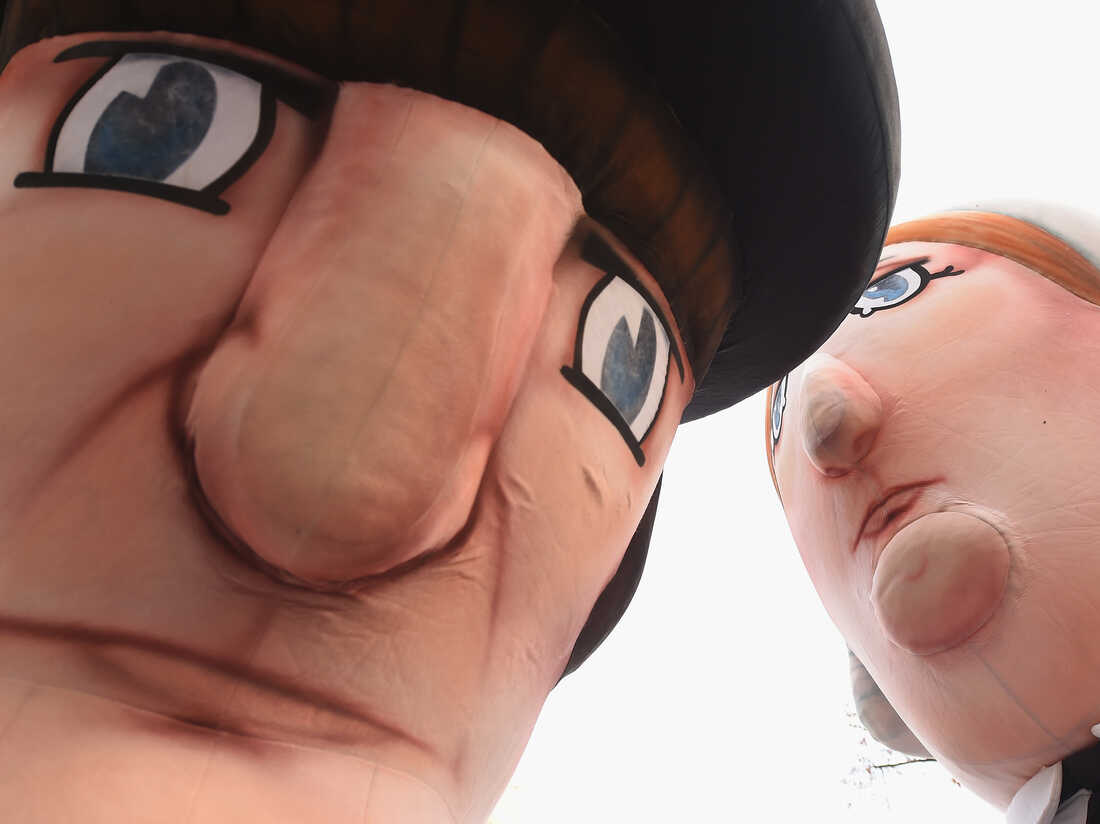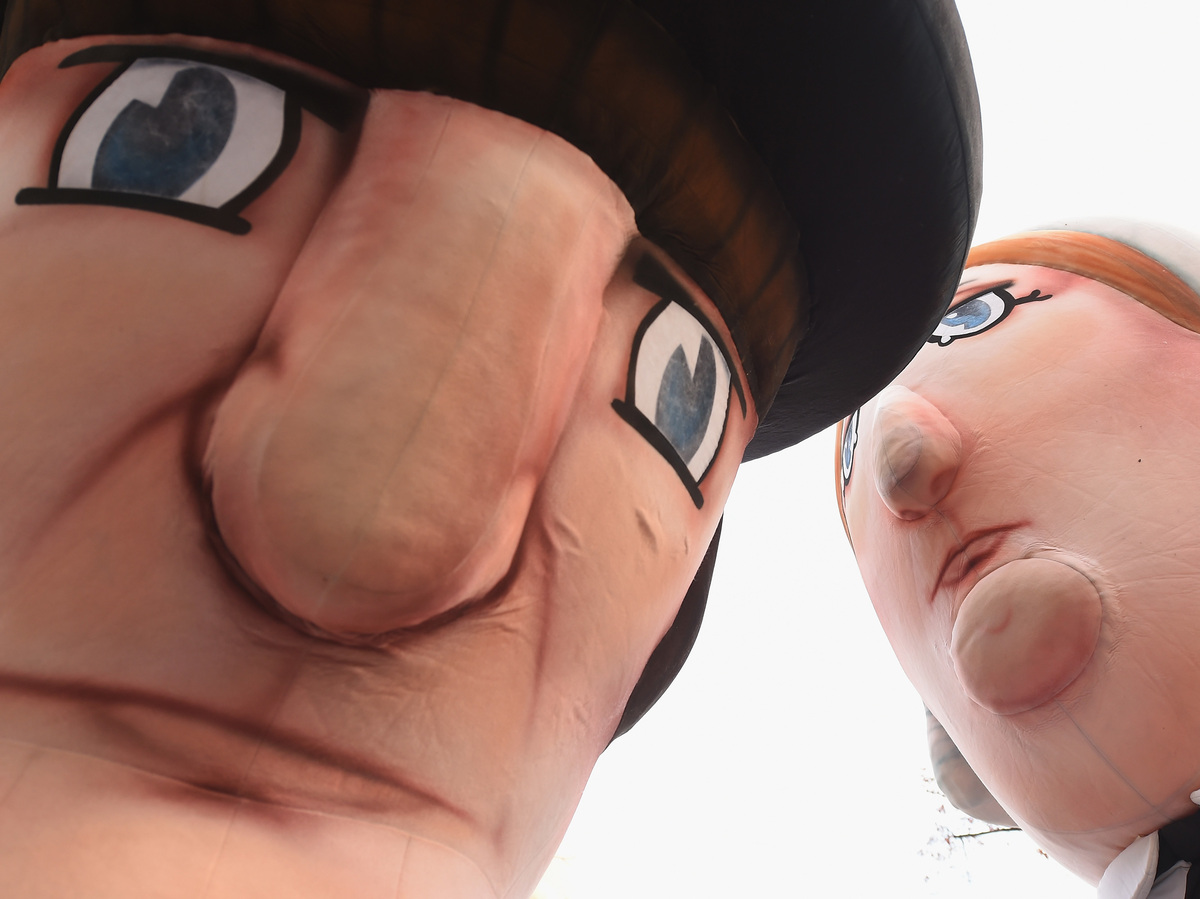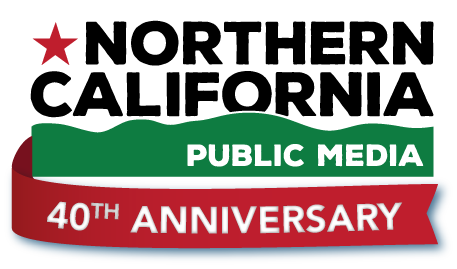
Pilgrim mascots take part in the 90th Annual Macy's Thanksgiving Day Parade on November 24, 2016 in New York City. Michael Loccisano/Getty Images hide caption

Pilgrim mascots take part in the 90th Annual Macy's Thanksgiving Day Parade on November 24, 2016 in New York City.
Michael Loccisano/Getty ImagesThe commonly-told version of the first Thanksgiving story leaves out a lot: The indigenous Wampanoag people who lived in a complex society long before the Mayflower arrived at Plymouth Rock; Squanto escaping bondage in Spain before becoming an emissary to the Pilgrims; and the long legacy of violent displacement that followed.
Paula Peters, a writer and a member of the Mashpee Wampanoag Tribe, still lives near where the Pilgrims made landfall on her ancestral homeland. She talks about how the 1621 feast fits into history.
Email us at
This episode was produced by Connor Donevan and Ayen Bior. It was edited by Ashley Brown, Fatma Tanis, Jonaki Mehta and Lee Hale. Our executive producer is Cara Tallo.

 Live Radio
Live Radio